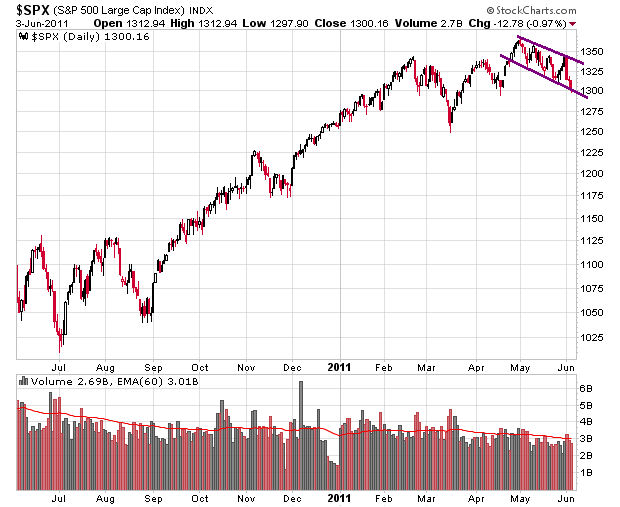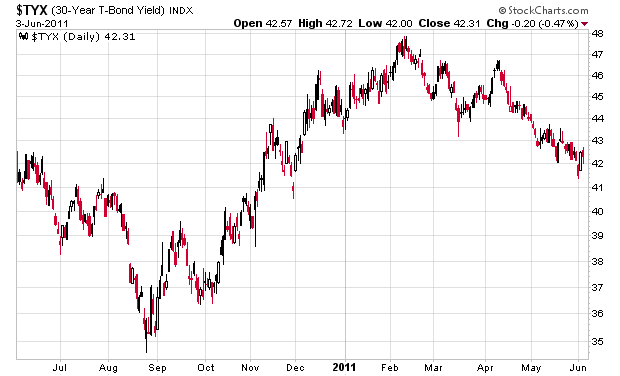It appears that Holloway REIT (TSX: HLR-UN.TO) had its prior trustees, including the CEO W. Glenn Squires, were kicked out by George Armoyan’s group of people by a margin of 85% to 15%, according to SEDAR filings.
Now that Armoyan has full control over the company (and indeed, roughly a 20% equity stake by virtue of his ownership in Royal Host REIT (TSX: RYL.TO), it remains to be seen what his plans for the two companies are. There are logical synergies between both companies, but both companies face huge balance sheet issues – mainly that the cash that the properties are generating is not proportionate to the cost of capital required to finance such properties.
Looking at the last quarterly report for Holloway, their balance sheet has stacked up a significant amount of current debt maturities, including a $3.6M line of credit, $42.1M of mortgages requiring refinancing, and perhaps more urgently, $20.2M of convertible debentures that are maturing on July 31, 2011, just under two months away! The company has $300,000 in cash on the balance sheet and the line of credit is good for $5 million.
It should be noted on their MD&A that the company states that:
The REIT has a signed term sheet to finance the repayment of the debentures. The Board and management continue to explore other alternatives to raise funds to repay the debenture holders which may include other debt financing, the sale of certain properties, or some combination thereof.
One wonders what the terms on this term sheet is and who the heck would be willing to lend this company money on an unsecured basis.
The market capitalization for the firm at their existing price of 34 cents is about $13M, which means that if the company wished to pay off the debenture using equity (which I am not sure is legal without shareholder approval) then that would represent a significant dilution.
Interestingly enough, these debentures are trading at par.
Also, I have no position in any of these securities.



